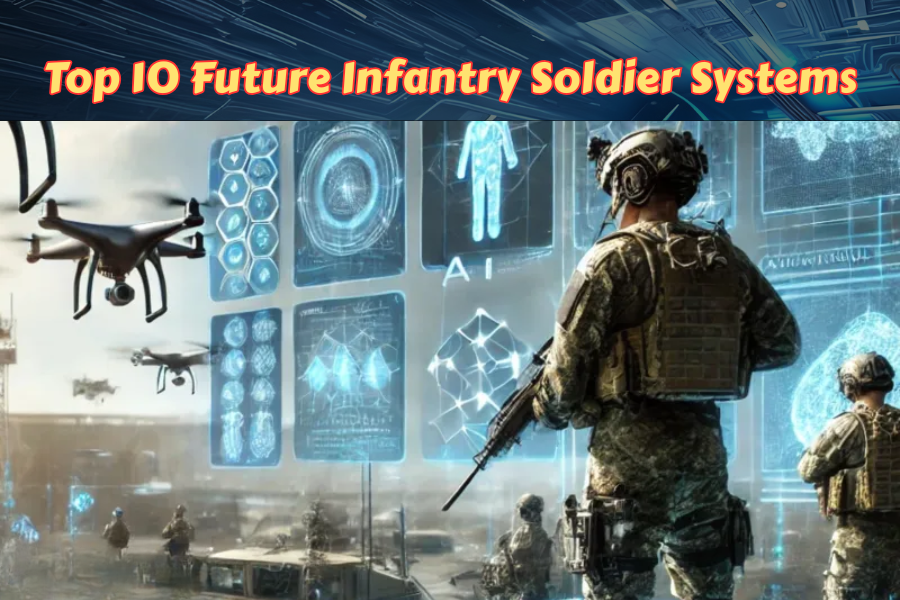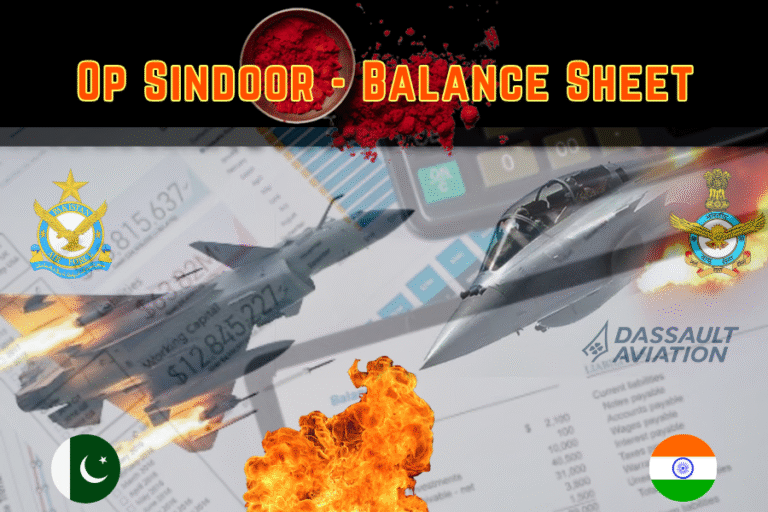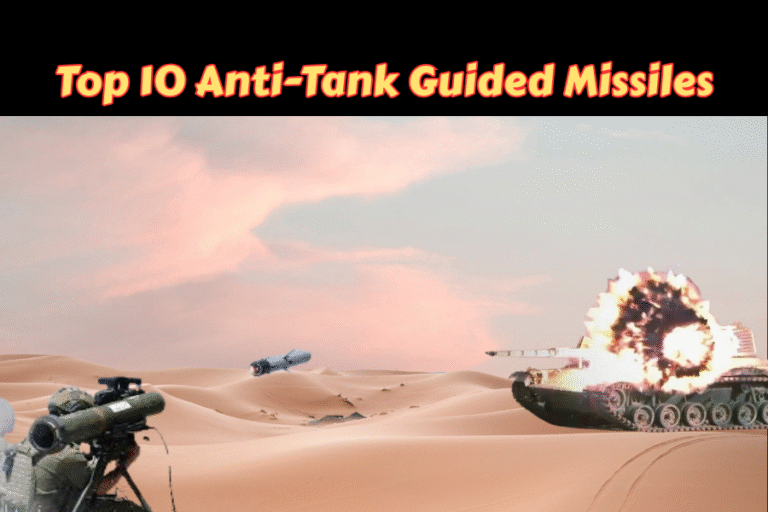(By Khalid Masood)
The battlefield of tomorrow is set to be fundamentally transformed by the integration of artificial intelligence (AI) and robotics into infantry soldier systems. The modern soldier will not fight alone but will be augmented by intelligent wearable technologies, autonomous support robots, enhanced communication platforms, and sensor-driven exoskeletons—each designed to increase survivability, situational awareness, and combat effectiveness. As military forces around the world accelerate investments in next-generation soldier systems, the fusion of AI and robotics promises to create infantry units with unprecedented capabilities.
This article examines the top 10 future infantry soldier systems that are either currently under development or entering early deployment, illustrating how these technologies will redefine infantry combat in the coming decades.
1. Exoskeleton Suits for Enhanced Strength and Endurance
One of the most revolutionary advances lies in robotic exoskeleton suits designed to augment the soldier’s physical capabilities. These wearable systems reduce fatigue by supporting heavy loads, increasing mobility, and allowing rapid movement over challenging terrain.
Key Systems:
- Lockheed Martin ONYX: Developed for the U.S. Army, ONYX provides powered assistance at the knee and hip, reducing metabolic cost by up to 30%. It supports carrying heavy equipment over long distances and is integrated with smart sensors monitoring soldier exertion.
- Sarcos Guardian XO: Featuring full-body support, this exoskeleton enables remote and autonomous operation while enhancing lifting capacity significantly. Its AI system optimises power use and movement fluidity for natural soldier interaction.
Strategic Impact:
By alleviating the physical burden associated with current infantry loadouts—which often exceed 45kg including weapons, ammunition, and armour—exoskeletons promise to extend operational endurance and reduce injuries. Future iterations will incorporate AI-driven adaptive learning to tailor assistance individually.
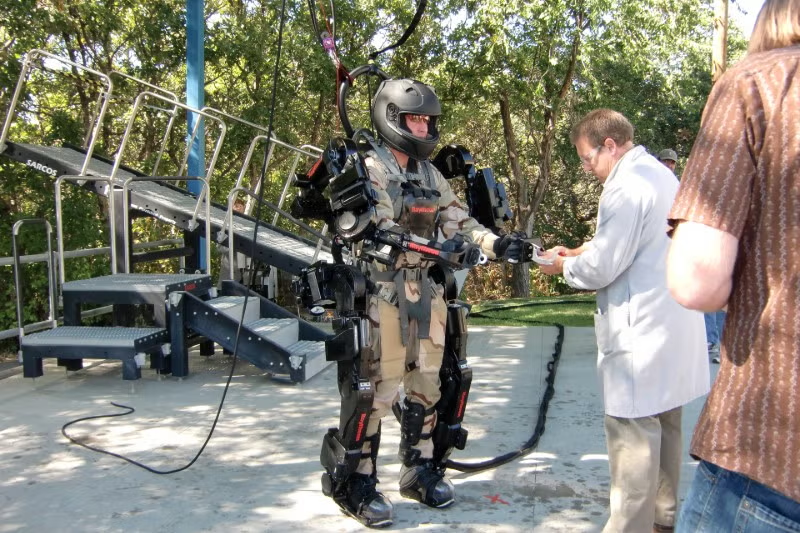
2. Autonomous Robotic Squadmates
Alongside human warriors walk autonomous ground robots designed to provide reconnaissance, fire support, and logistics. These robotic “squadmates” integrate AI to operate semi-independently while remaining linked to the soldier’s command network.
Notable Examples:
- Ghost Robotics Vision 60: A quadruped scout robot capable of independently navigating complex terrain, carrying payloads, and streaming real-time data. AI algorithms allow obstacle avoidance and threat detection.
- Milrem THeMIS: An unmanned tracked vehicle supporting casualty evacuation and logistical resupply, with modular weapon mounts for combat support.
Strategic Value:
Robotic squadmates reduce soldier exposure to dangerous tasks such as mine detection or supply runs, enabling human teams to focus on high-value objectives. Their AI-driven multi-sensor arrays enhance situational awareness well beyond human capacity.
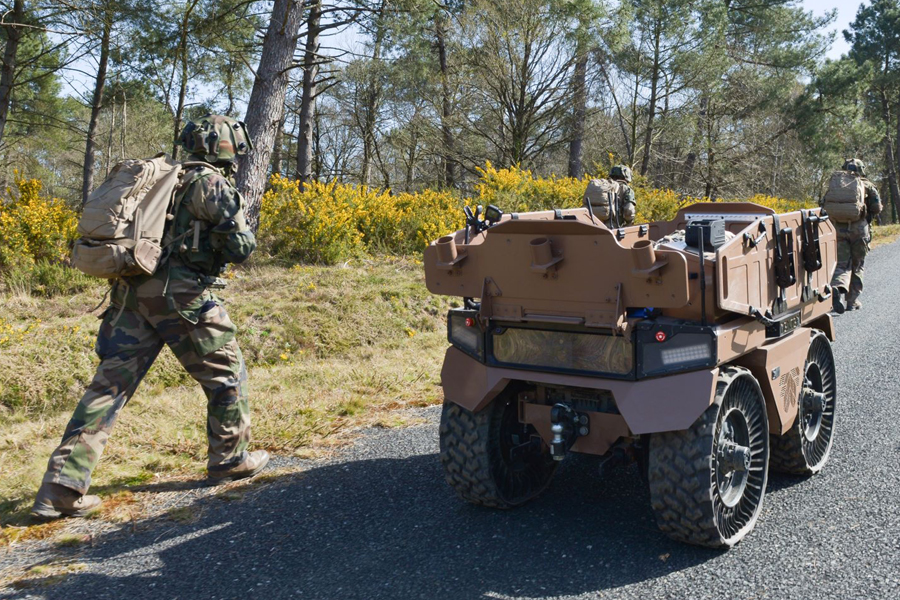
3. AI-Enhanced Helmet Systems with Augmented Reality
Future infantry helmets will no longer be mere ballistic protection but high-tech hubs integrating augmented reality (AR) displays, biometric monitoring, and AI-driven data processing.
Key Developments:
- Elbit Systems’ IronVision: AR display integrated into a soldier’s helmet visor providing real-time imagery, tactical maps, and targeting information. Combined with AI-powered threat identification, soldiers receive immediate alerts highlighting enemy positions.
- BAE Systems’ Striker II Helmet: Featuring helmet-mounted displays and voice commands, the helmet integrates with the wider battlefield network for seamless data relay.
Enhancing Soldier Awareness:
These helmets will act as force multipliers on the battlefield, presenting a comprehensive operational picture, minimizing cognitive overload, and enabling lightning-fast decision-making. AI analyses live feeds, prioritising threat data for immediate response.
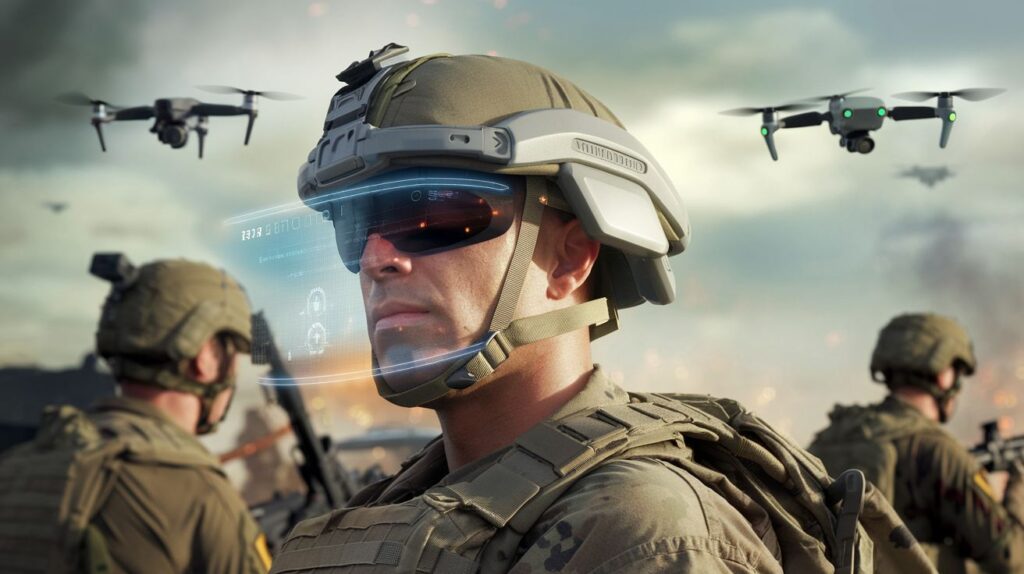
4. Smart Weapon Systems and AI-Based Fire Control
Infantry weapons are evolving from purely mechanical systems into intelligent platforms enhanced by embedded AI for improved targeting, diagnostics, and coordination.
Examples:
- TrackingPoint Precision-Guided Firearms: Utilising AI-assisted optics and target-tracking, these weapons allow “tag and track” targeting to improve first-shot accuracy dramatically.
- Rheinmetall’s Future Soldier Weapon Platform: Integrates AI with sensors to assist range estimation, ballistic correction, and situational awareness directly on the weapon.
Operational Advantages:
Smart weapons mitigate human errors under stress, improve hit probabilities, and enable coordinated attacks with networked shooters—essential for dynamic, close-quarter battles.
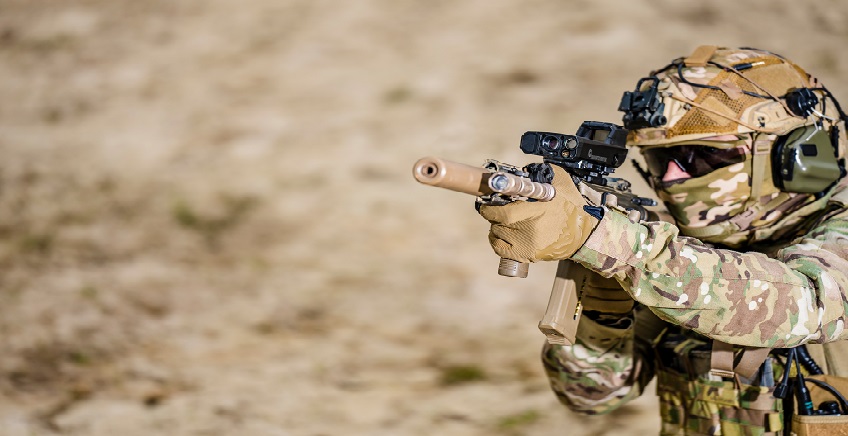
5. Energy and Power Management Systems
Sustained combat operations require portable, reliable power sources for integrated soldier electronics and robotics.
Innovations Include:
- Hybrid Battery Technologies: Combining Li-ion with fuel cells, enabling longer durations between charges.
- Wearable Kinetic Energy Harvesters: Devices converting soldier motion into electrical energy to recharge systems autonomously during patrols.
Importance:
Power management ensures continuous functioning of AI systems, communications, and sensors, solving one of the critical operational bottlenecks facing advanced soldier systems today.
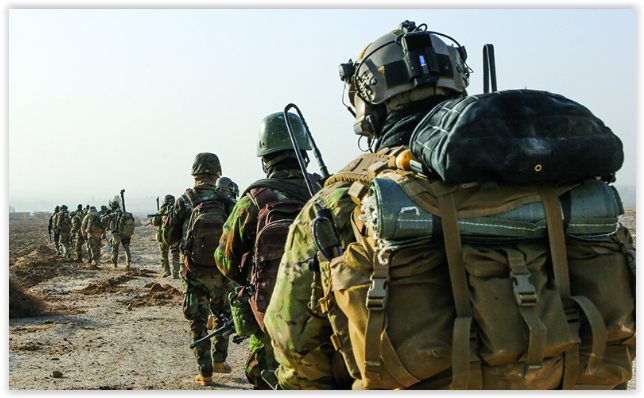
6. AI-Driven Tactical Communication Networks
The backbone of the future infantry is a resilient, intelligent communication network where soldiers, robots, drones, and command elements share data instantly.
Leading Technologies:
- Mesh Networks with AI Routing: AI algorithms dynamically optimise network paths, ensuring uninterrupted communication even in contested environments with electronic warfare.
- Portable Communication Nodes: Small, lightweight devices establishing secure encrypted links and integrating heterogeneous platforms.
Tactical Benefits:
Through AI-managed networks, infantry squads achieve unparalleled situational awareness and coordination, allowing real-time collaborative manoeuvres and rapid adaptation to shifting conditions.
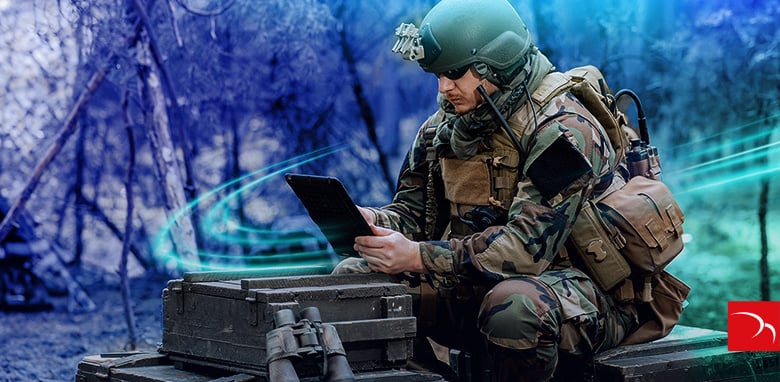
7. Advanced Body Armour with Integrated Sensors
Beyond ballistic protection, future infantry armour will be embedded with biometric and environmental sensors linked via AI to monitoring systems.
Advancements:
- Smart Armour Suits: Monitor vital signs like heart rate, oxygen levels, and dehydration, alerting medics early.
- Environmental Sensors: Detect chemical, biological, radiological, and nuclear (CBRN) threats, elevating soldier safety.
Operational Impact:
This integration enables proactive health management and automatic threat detection, enhancing survivability in hostile and unfamiliar environments.
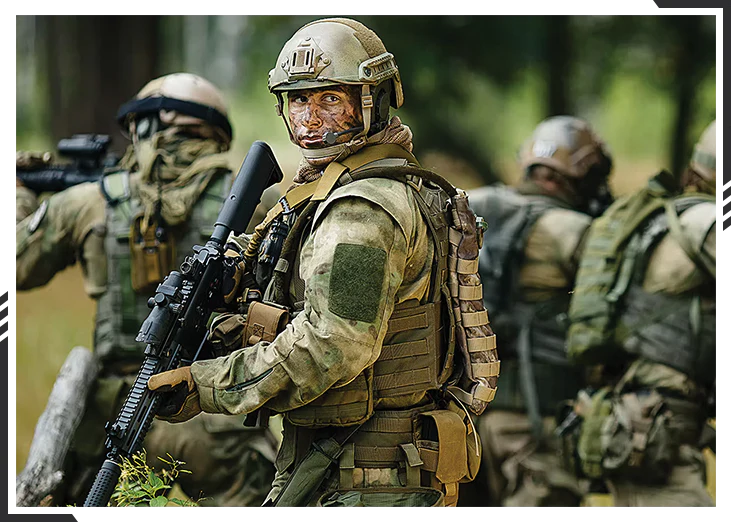
8. AI-Powered Training and Simulation Systems
Effective use of advanced soldier systems demands immersive, AI-driven training environments that replicate realistic battlefield conditions.
Technologies in Use:
- Virtual and Augmented Reality Simulators: Create interactive training scenarios tailored by AI based on individual performance analytics.
- AI Coaching Tools: Provide instant feedback, scenario adjustments, and skill reinforcement.
Training Revolution:
Such systems ensure soldiers are proficient with complex technologies and decision-making processes under pressure, dramatically shortening learning curves.
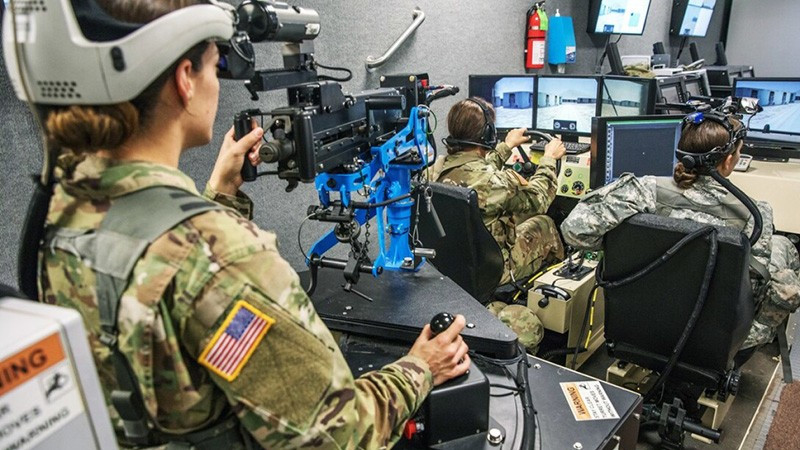
9. Integrated Drone Systems for Infantry Support
Small, silent drones paired with infantry squads provide reconnaissance, target marking, electronic warfare, and weapon delivery.
Examples:
- Black Hornet Nano Drone: Pocket-sized UAVs equipped with sensors providing eyes overhead in urban and rugged terrain.
- Autonomous Delivery Drones: Capable of resupplying ammunition and medical supplies directly to frontlines.
Force Multiplication:
Drones complement infantry soldiers with enhanced vision, extended reach, and logistical support, controlled locally with AI-assisted autonomy.
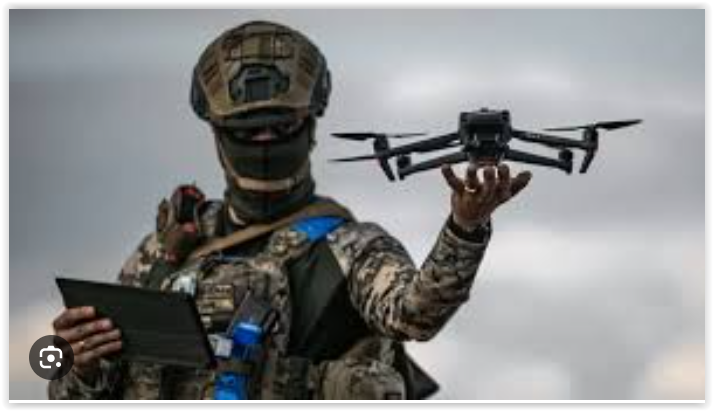
10. AI-Based Decision Support Systems
Finally, AI-enabled decision support platforms onboard handheld devices or helmets analyse battlefield data and recommend tactical options in real time.
Key Features:
- AI Algorithms for Threat Prioritisation: Analyze dynamic inputs from multiple sensors.
- Prediction and Simulation Modules: Forecast enemy movements and suggest optimal manoeuvres.
Command Edge:
By synthesizing large volumes of data quickly, AI decision aids empower infantry commanders with superior situational creativity and faster responses.
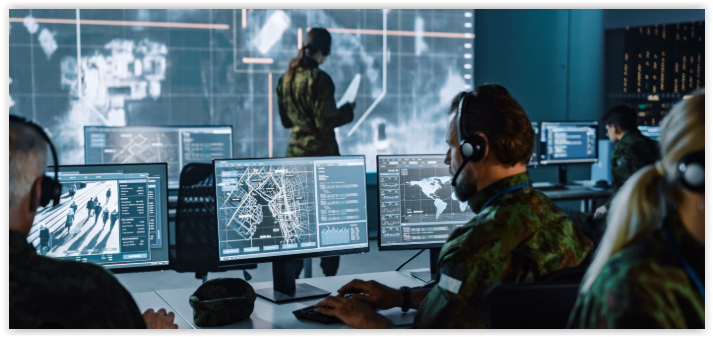
Conclusion: The Future Infantry—Man and Machine in Symbiotic Warfare
Together, these ten systems illustrate how the infantry soldier of the future will be transformed into a networked, AI-enhanced warfighter equipped with robotic companions, intelligent weapons, and sensory marvels. Country after country acknowledges that maintaining tactical superiority demands embracing this AI-robotics revolution.
However, challenges remain: ethical considerations, system interoperability, logistical sustainment, and cyber vulnerabilities persist, necessitating holistic approaches marrying technology, training, and doctrine reforms.
As 2025 unfolds, the march toward a high-tech, autonomous infantry battlefield is undeniable—ushering in era where human courage synergises with robotic precision to shape the next generation of combat.

